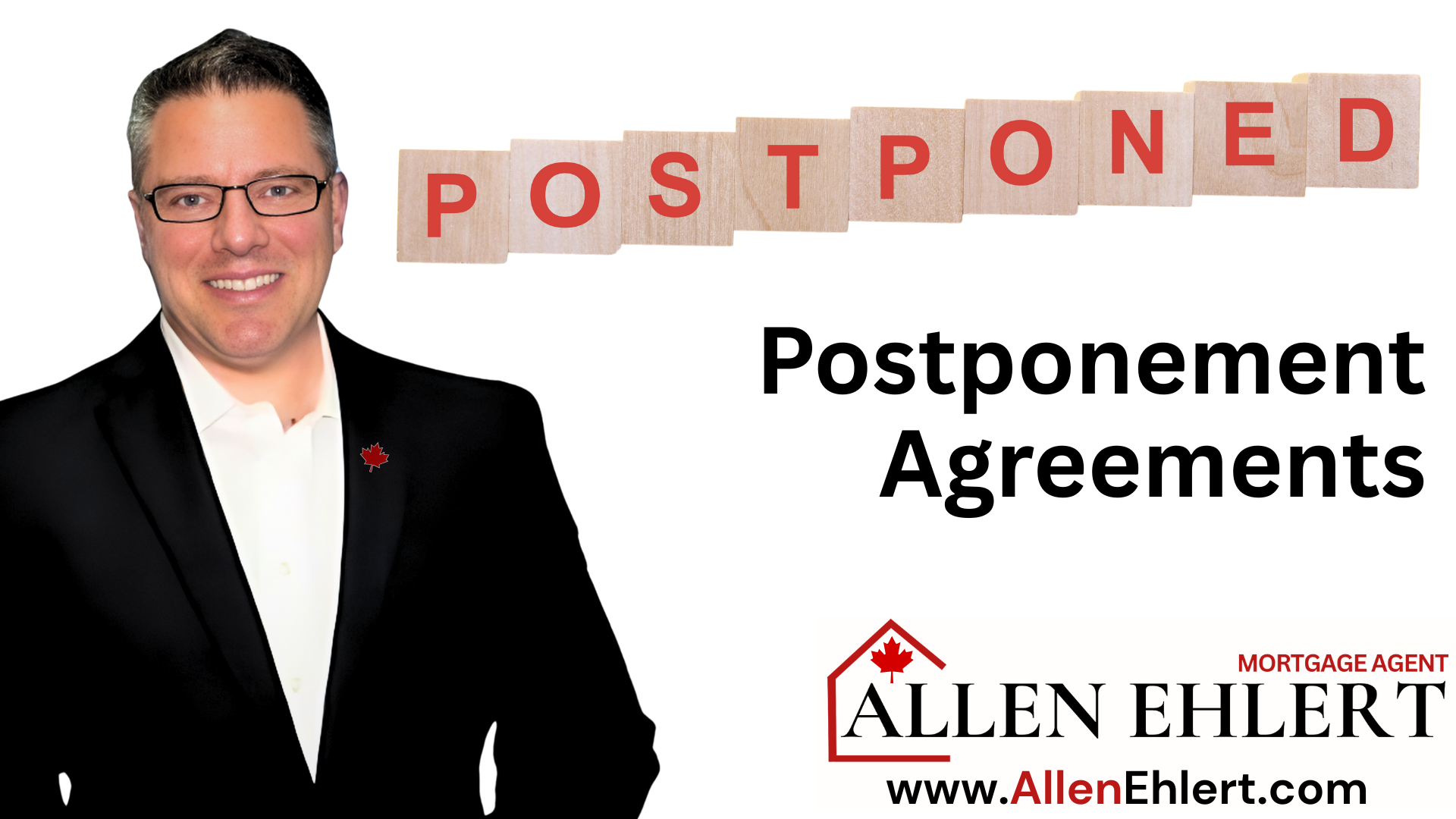… What You Need to Know About Square Footage and Mortgages
When it comes to mortgages, people often obsess over interest rates, terms, and approval criteria — but one question flies under the radar until it suddenly becomes a problem:
“Does the size of the home matter to the lender?”
The answer? Absolutely, it does. Not in the same way it matters to you (where your couch fits, where the dog sleeps), but from the lender’s perspective, square footage is tied to marketability, risk, and resale. Whether it’s too small, too big, or just plain unconventional, size impacts financing more than most buyers realize.
In this article, I’m going to unpack the unspoken rules around square footage, why lenders care, and how you and your realtor can avoid surprises — whether you’re looking at a micro-condo downtown or a sprawling estate in the countryside.
Here’s what I’ll cover:
Why Square Footage Matters to Lenders
Minimum Size Guidelines: What’s Too Small?
Lot Size vs. Livable Space: Can You Have Too Much Land?
How I Can Help: Navigating the Fine Print Before You Fall in Love
Why Square Footage Matters to Lenders
At the end of the day, lenders want one thing: security. If you default, they need to know they can sell your home easily to recover their money.
Size influences marketability. If a home is unusually small (or unusually large), it shrinks the pool of future buyers, which increases the lender’s risk.
Square footage is also tied to:
- Appraisal value
- Insurance eligibility
- Comparable sales (important for underwriting)
- Resale potential
If it’s too small, too quirky, or too remote, expect more questions and fewer lender options.
Minimum Size Guidelines: What’s Too Small?
There’s no universal square footage law, but most lenders have internal guidelines:
Condos:
- Under 400-500 sq. ft. starts raising eyebrows.
- Under 300 sq. ft.? Very few lenders will touch it unless it’s in a major urban centre where micro-units are common. Presently, many lenders won’t look at condos below 650 sq ft.
Detached Homes:
- Anything under 600-700 sq. ft. might need extra scrutiny depending on the area. Many lenders won’t look at any home below 850 sq ft.
- Lenders want to see functional livability — kitchen, bathroom, year-round utilities.
Tiny Homes:
- Most lenders won’t finance mobile or tiny homes unless they are on a permanent foundation and classified as real property and even this is extremely limited.
- Homes on trailers? That’s usually personal financing, not a mortgage.
Can a Property Be Too Big?
Yes. Surprisingly, too big can also be a problem.
A 6,000 sq. ft. mansion in a neighbourhood of 2,500 sq. ft. homes is hard to appraise and harder to resell. Lenders will ask:
- Is this property typical for the area?
- Are there recent comparable sales?
- Is it priced correctly?
Unusual size = limited market = higher risk. Expect tighter loan-to-value limits or specialized appraisals.
Lot Size vs. Livable Space: Can You Have Too Much Land?
Lenders also scrutinize lot size.
- Urban properties: Lot size usually isn’t an issue.
- Rural properties: Over 10 acres often pushes you into agricultural lending territory. Standard residential mortgages usually cap at 5-10 acres depending on the lender. After that, you are in exception territory… contact me to discuss.
Lenders want to finance the home, not the hobby farm. If your land is too large, it changes the financing rules entirely.
Real-World Example
Meet Jenna — The Micro-Condo Shopper
Jenna wanted a sleek, 325 sq. ft. condo in Toronto’s downtown core. Her bank said no — it was under their 400 sq. ft. minimum. Her realtor sent her my way. I placed her with a lender used to financing small urban units. Problem solved. Jenna moved in and started building equity while her friends were still renting.
Meet Sam and Taylor — Country Living Dreams
Sam and Taylor fell in love with a 15-acre property. Their bank declined the mortgage — it exceeded their residential lending limits for land. I restructured their application through a lender comfortable with rural and larger acreage. They got the home, and a mortgage tailored to it.
How I Can Help: Navigating the Fine Print Before You Fall in Love
I help by:
- Reviewing square footage and lot size as part of your pre-approval process
- Confirming which lenders are flexible on size (or not)
- Advising whether specialized appraisals or financing are needed
- Coordinating with your realtor to ensure the home fits your goals and the lender’s rules
I won’t just get you a mortgage — I’ll make sure the property you choose is one you can actually finance, today and down the road.
Allen’s Final Thoughts
Size does matter — but it’s about marketability, not just measurements. Whether it’s too small, too big, or sitting on too much land, square footage and lot size play a role in your financing options.
Before you fall in love with a home, let’s make sure it fits both your lifestyle and your lender’s guidelines. That way, you don’t waste time chasing a property that’s impossible to finance — and you avoid surprises when it’s time to close the deal.
Your home should fit your life. Your mortgage should fit your home. Let’s make sure both are working for you.
Reach out anytime — I’m here to help.












